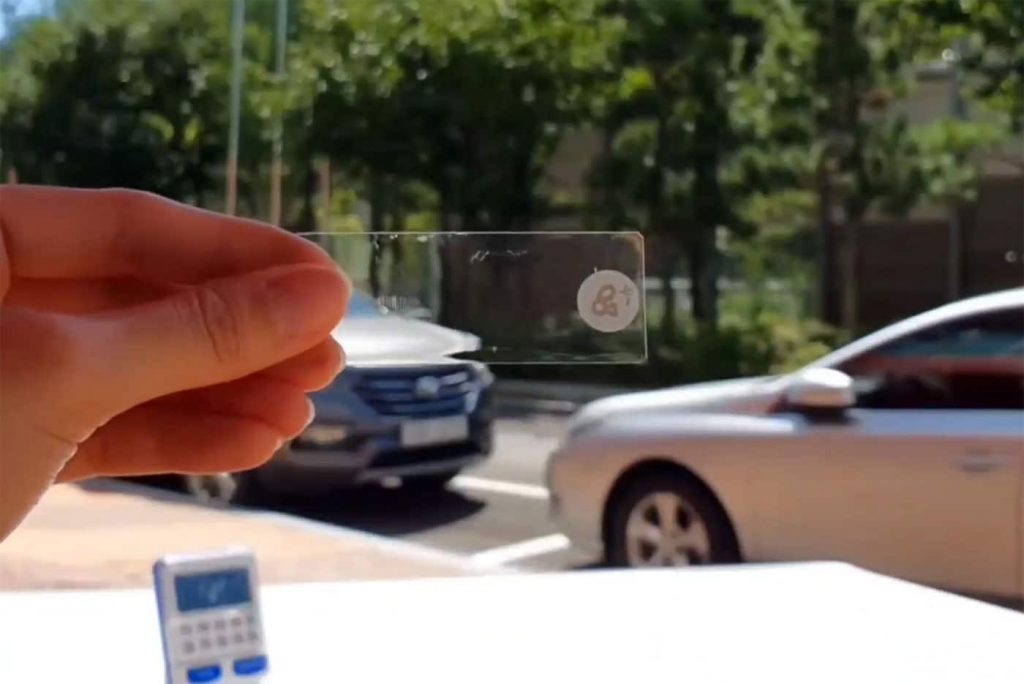The emergence of safety concerns surrounding self-driving cars due to frequent traffic accidents has prompted researchers to seek solutions. In response, a team of scientists from the Korea Research Institute of Chemical Technology (KRICT) and Kyungpook National University (KNU) has developed a groundbreaking material capable of preventing car accidents caused by signal distortion.
By healing scratches on the sensor surface of self-driving cars, this self-healing lens material holds the potential to increase the longevity of the product and pave the way for future technologies that can mitigate malfunctions resulting from surface damage.
The lens material plays a crucial role in collecting and dispersing light, making it an essential component in various optical devices like cameras, cell phones, and glasses. However, if the lens surface sustains scratches, the resulting damage can severely distort the image or optical signal received by the device. In addition, in recent times, there has been a surge in traffic accidents caused by recognition errors and malfunctions in vision systems, such as LiDAR sensors and image sensors of self-driving cars. Consequently, public confidence in the safety of autonomous vehicles has diminished.
To address this challenge, the joint research team from KRICT and KNU has successfully developed a transparent lens material capable of eliminating scratches on the sensor surface within a mere 60 seconds. This is achieved by focusing sunlight using a simple tool like a magnifying glass.
The key to effective self-healing lies in the freedom of molecular movement within the polymer. Typically, flexible materials exhibit superior self-healing performance. However, lenses and protective coatings are typically made from rigid materials, making it difficult to incorporate a self-healing function.
To overcome this obstacle, the research team combined a thiourethane structure, already employed as a lens material, with a transparent photothermal dye, thereby creating a “dynamic chemical bond.” This bond enables the polymers to repetitively disassemble and recombine when exposed to sunlight.
The developed transparent organic photothermal dye selectively absorbs light within a specific near-infrared wavelength range (850–1050 nm), avoiding interference with the visible light region (350–850 nm) used by image sensors and the near-infrared region (~1550 nm) employed by LiDAR sensors.
When the photothermal dyes absorb sunlight, the surface temperature of the lens material increases as the light energy converts to thermal energy. Consequently, this elevated surface temperature enables the self-healing of surface scratches through repeated dissociation and recombination of chemical bonds within the polythiourethane structure.
Remarkably, the developed lens material exhibits flawless self-healing even when scratches intersect while maintaining exceptional resilience. Furthermore, it consistently retains 100% self-healing efficiency, even after repeating the process of scratching and healing in the same location more than five times.
Dr. Lee Young Kuk, the president of KRICT, heralded this breakthrough as a platform technology that synthesizes self-healing lens materials using an affordable high-refractive polymer material and a photothermal dye. Anticipated to find widespread application in autonomous vehicle sensors, as well as glasses and cameras, this technology holds immense promise in enhancing the safety and durability of self-driving cars.
By effectively addressing the safety concerns associated with signal distortion, this self-healing lens material marks a significant step forward in the evolution of autonomous vehicles.

